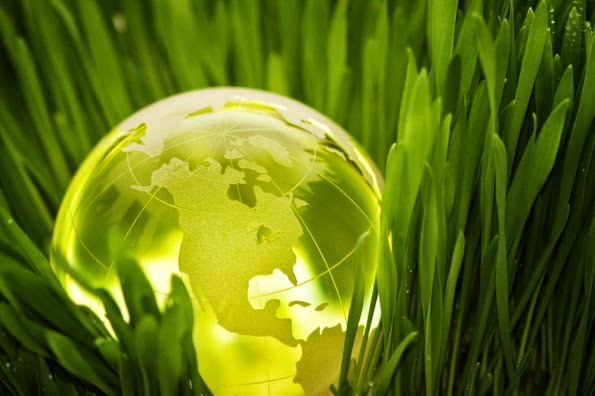
(PhysOrg.com) -- Aidan Dwyer, a 13 year old Junior High School student from New York state, noticed that the phyllotaxy of the leaves on trees he was observing while hiking through the Catskill Mountains, did so in the form of a Fibonacci sequence. Wondering if there was a reason for it, he deduced that it might be because such an arrangement provides the most efficient means of solar power collection for the trees. To find out if this was the case, he built a small solar tree from PVC pipe and small solar panels, then built another in a normal flat panel array, attached voltage readers to both, and lo and behold, discovered the tree model array was indeed more efficient, at least during times of low or indirect sunlight. Dwyer won a Young Naturist Award for his efforts after writing and submitting his essay, The Secret of the Fibonacci Sequence in Trees.
On Friday the 13th May 2011, after almost 13 hours of flight, André Borschberg lands in Brussels Airport for Solar Impulse's first international flight. It landed at 9:40PM UTC+2.

The sheet of paper looks like any other document that might have just come spitting out of an office printer, with an array of colored rectangles printed over much of its surface. But then a researcher picks it up, clips a couple of wires to one end, and shines a light on the paper. Instantly an LCD clock display at the other end of the wires starts to display the time.

(PhysOrg.com) -- A world record double by UNSW solar cell researchers promises to make solar power more affordable, with world-beating new technology delivering substantial efficiency gains at minimal extra cost.

When Google throws its considerable influence into a new arena, people tend to notice. When that influence comes with $280 million, well, people may start to act.

One of the world

PV - Arab oil goes solar - Renewable Energy Magazine, at the heart of clean energy journalism

Scientists have developed an improved preparation process for kesterite solar cells, which resulted in a new European record efficiency of 6.1 percent.

Soitec (Euronext Paris) has announced that its Concentrix concentrated photovoltaic (CPV) technology has been selected by Tenaska Solar Ventures to produce 150

The $380 million deal indicates a commitment to clean energyand to regional collaboration.

In the harsh, isolated, semi-desert region north of Cairo in Egypt, 150 acres has been planted with beans, peas and orange trees. But there is a problem: an endless need for water. Farmer Tantawi Mostafa explains: “Each plant needs a certain amount of water, depending on the season. Peas, for instance, need a lot of water, I have to irrigate them at least five hours a day. Oranges and…

This desert design will be a landmark as well as an energy generator.

Researchers are creating a new type of solar cell designed to self-repair like natural photosynthetic systems in plants by using carbon nanotubes and DNA, an approach aimed at increasing service life and reducing cost.

PV - Social media site creating first global map of home solar installations - Renewable Energy Magazine, at the heart of clean energy journalism

The brown and yellow parts of the Oriental hornet